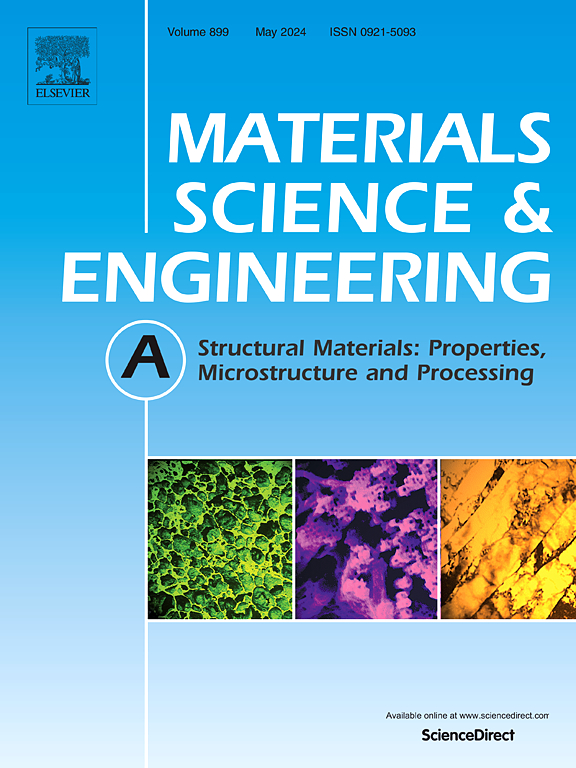Improved surface integrity and fatigue property of FV520B steel via surface mechanical rolling treatment process
IF 6.1
2区 材料科学
Q1 MATERIALS SCIENCE, MULTIDISCIPLINARY
引用次数: 0
Abstract
In this paper, fatigue specimens prepared by the finish turning (FT) process were strengthened through surface mechanical rolling treatment (SMRT) process, and the effect of the SMRT process on the surface integrity and fatigue life of FV520B steel was investigated. The SMRT process significantly improves surface integrity, including surface roughness, microhardness, residual stress and gradient microstructure surface (GMS) layer. The fatigue life first increases and then decreases sharply with increasing pressure, while the fatigue life decreases slightly with increasing feed rate. Compared to FT specimen, the highest fatigue life was improved by 14.12 times after SMRT process. The fatigue fracture of FT specimen presents a continuous fatigue crack initiation site, while the fatigue fracture of SMRT specimens contains multi-point fatigue crack initiation sites or a single fatigue crack initiation site. In addition, the microstructure evolution mechanism of the SMRT specimens was analyzed. At the pressure of 18 MPa, EBSD results showed that the grain orientation was uniformly distributed, and the dislocation density and the number of grain boundaries were significantly increased on the surface. Meanwhile, TEM proves that a gradient nanostructured surface (GNS) layer was prepared, with an equiaxed nanocrystalline size of the topmost surface measuring approximately 34.9 nm. The improvement of fatigue life mainly relies on the synergistic effects of smooth surface, residual compressive stress and GNS layer after SMRT process.
求助全文
约1分钟内获得全文
求助全文
来源期刊

Materials Science and Engineering: A
工程技术-材料科学:综合
CiteScore
11.50
自引率
15.60%
发文量
1811
审稿时长
31 days
期刊介绍:
Materials Science and Engineering A provides an international medium for the publication of theoretical and experimental studies related to the load-bearing capacity of materials as influenced by their basic properties, processing history, microstructure and operating environment. Appropriate submissions to Materials Science and Engineering A should include scientific and/or engineering factors which affect the microstructure - strength relationships of materials and report the changes to mechanical behavior.
 求助内容:
求助内容: 应助结果提醒方式:
应助结果提醒方式:


